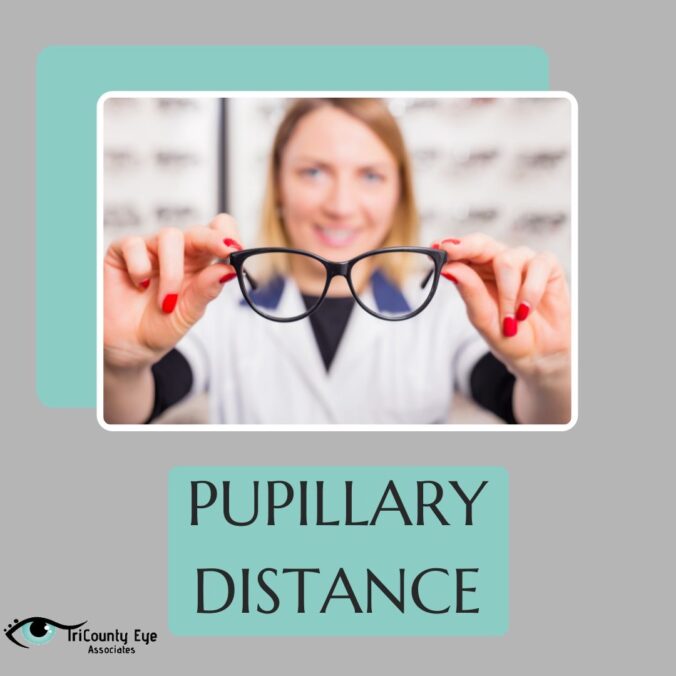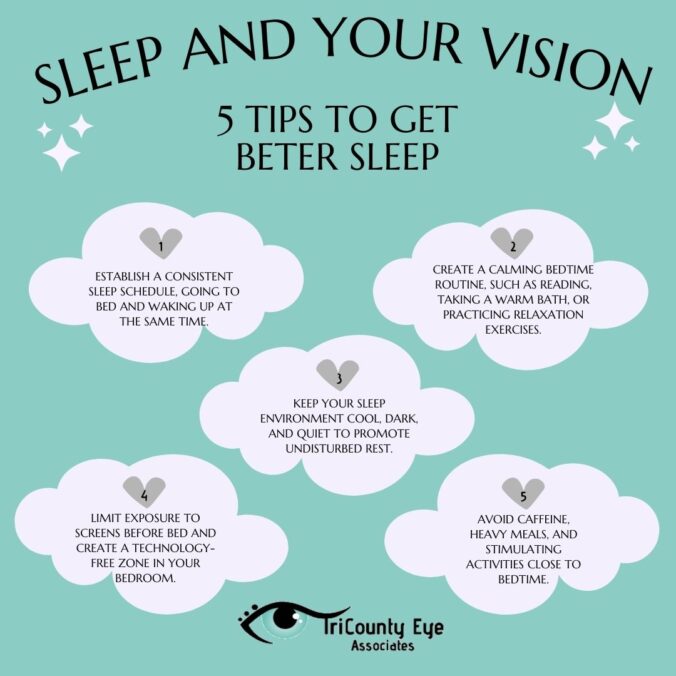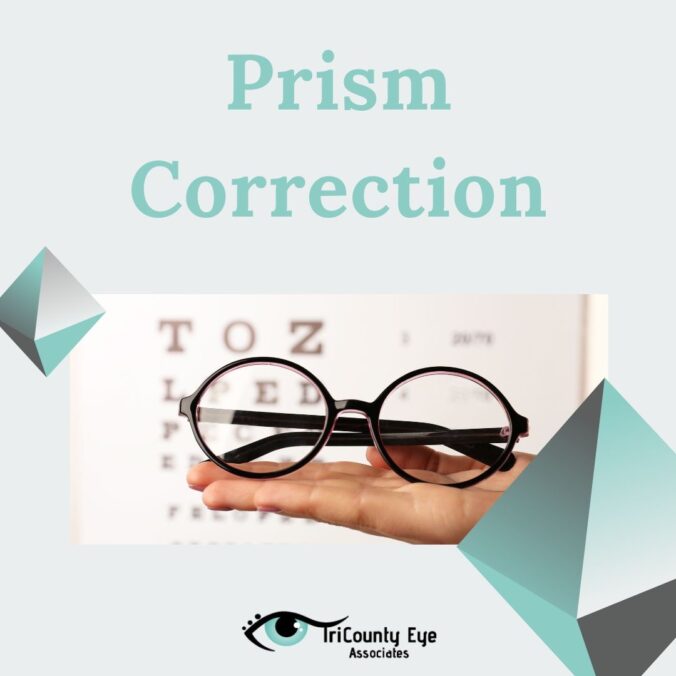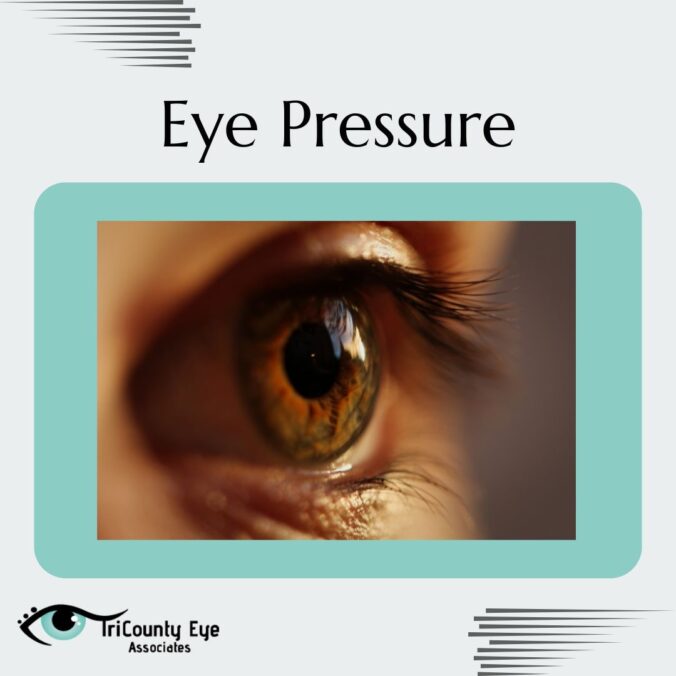In the world of vision correction, contact lenses have revolutionized the way millions of people see and experience the world around them. These small, curved discs made from advanced materials have become an integral part of many people’s daily lives, offering a convenient and effective alternative to traditional eyeglasses. Whether you’re considering making the switch or are already a seasoned wearer, understanding the basics and benefits of contact lenses can help you make informed decisions about your eye care.
The Basics of Contact Lenses
Contact lenses are thin, curved lenses that are placed directly on the surface of the eye. They correct vision by focusing light directly onto the retina, providing a clearer vision compared to eyeglasses for many wearers. They are typically made from either soft or rigid gas permeable materials, each offering distinct advantages depending on individual needs and preferences.
- Soft Contact Lenses: These are the most common type of contact lenses and are made from soft, flexible plastics that allow oxygen to pass through to the cornea. They are comfortable to wear and come in various types to accommodate different prescriptions and wearing schedules.
- Rigid Gas Permeable (RGP) Contact Lenses: These lenses are made from a harder, less flexible material that allows for excellent vision correction, especially for more complex prescriptions or certain eye conditions. They provide crisp vision and are durable, although they may require a longer adaptation period compared to soft lenses.
Choosing the Right Type
The choice between soft and RGP lenses often depends on factors such as your prescription, lifestyle, and comfort preferences. Your eye care professional will assess your eye health and visual needs to recommend the best type of lens for you. They will also consider factors like how often you will wear them (daily vs. extended wear), maintenance requirements, and any specific challenges you may face, such as dry eyes.
Benefits of Contact Lenses
- Natural Vision: Contact lenses provide a wider field of view compared to glasses since they move with your eyes. This can be particularly beneficial for activities like sports or driving.
- Comfort and Convenience: Once properly fitted, many people find contact lenses comfortable and easy to wear throughout the day. They don’t fog up in cold weather or get wet in the rain, making them a hassle-free option for many.
- Enhanced Appearance: Some people prefer the aesthetic of not wearing glasses, enjoying the freedom to showcase their natural facial features without frames.
- Vision Correction Options: Contact lenses can correct a wide range of vision problems, including nearsightedness, farsightedness, astigmatism, and presbyopia (age-related difficulty focusing on close objects).
Caring for Your Lenses
Proper care and hygiene are essential to maintain eye health and ensure the longevity of your contact lenses:
- Cleaning: Follow your eye care professional’s instructions for cleaning and disinfecting your lenses. Use recommended solutions and never use water or saliva to clean them.
- Handling: Wash your hands thoroughly before handling your lenses. Avoid touching them with dirty or oily fingers.
- Storage: Store your lenses in a clean case with fresh solution. Replace your case regularly to prevent bacterial buildup.
- Regular Check-ups: Schedule regular appointments with your eye care provider to monitor the health of your eyes and ensure your prescription is up to date.
Conclusion
Contact lenses offer a modern solution to vision correction, providing wearers with comfort, convenience, and excellent visual acuity. Whether you’re an active individual, a fashion-conscious trendsetter, or simply seeking an alternative to glasses, contact lenses could be the perfect fit for your lifestyle. With proper care and regular check-ups, they can enhance your vision and quality of life for years to come.
If you’re considering contact lenses or looking to upgrade your current eyewear, consult with your eye care professional to explore the options that best suit your needs. Embrace the clarity and freedom that contact lenses can offer, and see the world with new eyes today!









